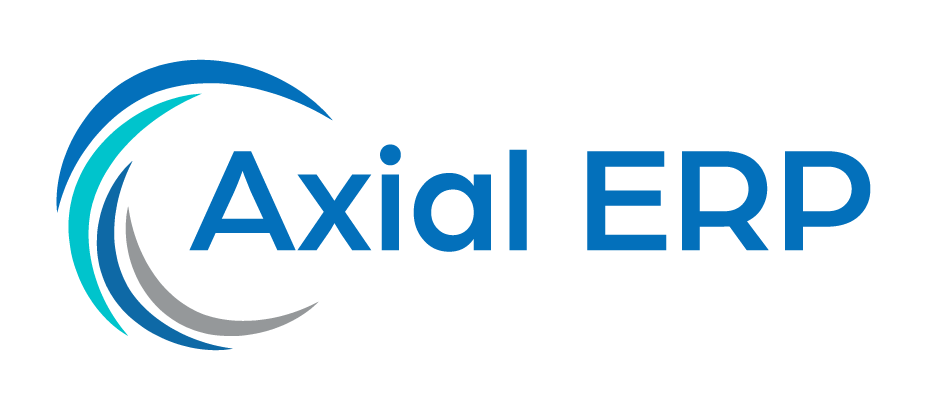Predictive Analytics in ERP: Forecasting the Business Future
In the current era, where information is power and anticipation is key, companies are constantly seeking methods to stay ahead. One of these methods is predictive analytics integrated into Enterprise Resource Planning (ERP) systems, which allows organizations to glimpse into the future and make strategic decisions based on data. This article provides a comprehensive overview of how predictive analytics is transforming decision-making in the business world.
What is Predictive Analytics?
Predictive analytics encompasses a variety of statistical, modeling, data mining, and machine learning techniques that analyze historical and current data to make predictions about future or unknown events. These techniques can include predictive modeling, neural networks, decision trees, and clustering algorithms.
The Importance of Predictive Analytics in ERP
ERP systems are the core of operations and data management in many companies. Integrating predictive analytics into these systems multiplies their value, allowing companies to not only efficiently manage their resources but also forecast trends, market behavior, and potential risks.
Benefits of Predictive Analytics in ERP
- Improved Decision-Making: With predictive models, companies can anticipate outcomes and trends, leading to more informed decisions.
- Process Optimization: The ability to predict customer demands and behaviors allows for adjustments in production and distribution processes.
- Risk Reduction: Identifying patterns that may indicate fraud or process failures helps mitigate risks.
- Personalization of Offerings: Predicting customer preferences facilitates the customization of products and services.
- Supply Chain Improvement: Accurate demand prediction can lead to more efficient inventory and supply chain management.
Implementing Predictive Analytics in ERP
Implementing predictive analytics in an ERP system requires careful planning and strategy. It includes selecting the right tools, cleaning and preparing data, developing predictive models, and integrating these models into existing workflows.
Challenges and Considerations
- Data Quality: The quality of predictions directly depends on the quality of data inputted into the predictive models.
- Technical Expertise: Having personnel with knowledge in statistics and data analysis is necessary to develop and maintain predictive models.
- Interpreting Results: The ability to correctly interpret results is crucial for effective decision-making.
- Technological Integration: Predictive analytics technology must seamlessly integrate with the existing ERP system.
Success Stories and Case Studies
There are numerous success stories where predictive analytics in ERP has generated significant impact on business performance. These case studies range from inventory optimization to personalized customer experience, showcasing the versatility and potential of this technology.
The Future of Predictive Analytics in ERP
The future of predictive analytics in ERP systems is promising, with advancements in artificial intelligence and machine learning continuously expanding forecasting capabilities. The integration of these technologies is set to become a standard for companies seeking to maintain a competitive advantage.
Conclusion
Predictive analytics in ERP systems is a powerful tool for companies looking to forecast and prepare for the future. As technology advances, the possibilities of what can be predicted and how that information can be utilized to drive business success will only increase.



